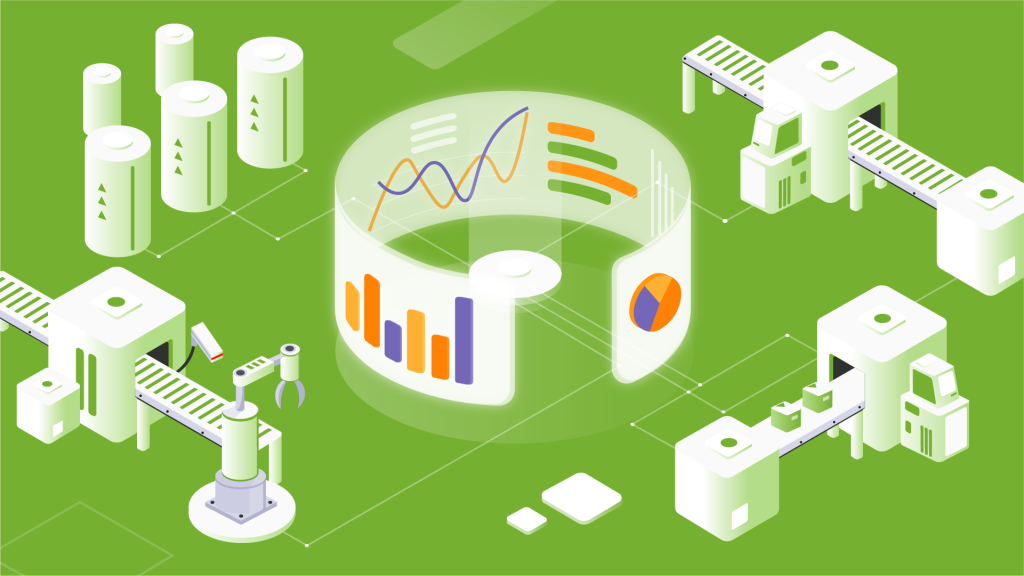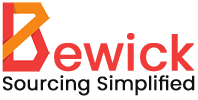Monitoring the Production Process: Ensuring Consistent Quality and Compliance with Standards
In today’s competitive market, maintaining consistent quality and compliance with standards is crucial for businesses to stay ahead of the competition, ensure customer satisfaction, and reduce costs. Monitoring the production process is an essential step in achieving these goals. In this article, we will discuss the importance of monitoring the production process, the benefits of doing so, and provide guidance on how to implement an effective monitoring system.

Why Monitor the Production Process?
Monitoring the production process is essential for several reasons:
- Ensures Consistent Quality: Monitoring ensures that products meet quality standards, reducing the risk of defects and rework.
- Compliance with Regulations: Monitoring ensures compliance with industry regulations, standards, and customer requirements.
- Reduces Costs: Monitoring helps identify and address quality issues early on, reducing waste, rework, and scrap.
- Improves Efficiency: Monitoring optimizes production processes, reducing downtime, and increasing productivity.
- Enhances Customer Satisfaction: Monitoring ensures that products meet customer expectations, reducing complaints and returns.
Benefits of Monitoring the Production Process
The benefits of monitoring the production process include:
- Improved Quality: Monitoring ensures consistent quality, reducing the risk of defects and rework.
- Increased Efficiency: Monitoring optimizes production processes, reducing downtime, and increasing productivity.
- Reduced Costs: Monitoring reduces waste, rework, and scrap, resulting in cost savings.
- Enhanced Customer Satisfaction: Monitoring ensures that products meet customer expectations, reducing complaints and returns.
- Competitive Advantage: Monitoring provides a competitive advantage, as businesses can demonstrate a commitment to quality and compliance.
How to Monitor the Production Process
To implement an effective monitoring system, follow these steps:
- Define Quality Standards: Establish clear quality standards and specifications for products and processes.
- Identify Key Performance Indicators (KPIs): Determine KPIs to measure production process performance, such as yield, defect rate, and cycle time.
- Implement Data Collection: Collect data on KPIs through automated systems, manual inspections, or sampling.
- Analyze Data: Analyze data to identify trends, patterns, and areas for improvement.
- Take Corrective Action: Take corrective action to address quality issues, optimize processes, and improve efficiency.
- Continuously Monitor and Improve: Continuously monitor the production process and implement improvements to ensure consistent quality and compliance.
Tools and Techniques for Monitoring
Several tools and techniques can be used to monitor the production process, including:
- Statistical Process Control (SPC): Uses statistical methods to monitor and control processes.
- Total Quality Management (TQM): Focuses on continuous improvement and customer satisfaction.
- Lean Manufacturing: Eliminates waste and optimizes processes to improve efficiency.
- Six Sigma: Uses statistical methods to reduce defects and improve quality.
- Automated Inspection Systems: Uses sensors, cameras, and other technologies to inspect products and processes.
Best Practices for Monitoring
To ensure effective monitoring, follow these best practices:
- Establish Clear Goals and Objectives: Define clear goals and objectives for the monitoring system.
- Train Personnel: Train personnel on monitoring procedures and data analysis.
- Use Data-Driven Decision-Making: Use data to drive decision-making and improvement initiatives.
- Continuously Monitor and Improve: Continuously monitor the production process and implement improvements.
- Communicate with Stakeholders: Communicate monitoring results and improvement initiatives to stakeholders.
By implementing an effective monitoring system, businesses can ensure consistent quality, compliance with standards, and reduce costs. Remember to define clear goals and objectives, train personnel, and continuously monitor and improve the production process to achieve optimal results.
